The Game Before Artificial Turf
In the early days of field hockey, the game was played on natural grass. The ball would often get stuck in the mud or bounce unpredictably off uneven patches of ground. This made the game slower and less predictable, as players had to constantly adapt to the changing conditions of the pitch. There were also issues with the maintenance of natural grass, as it needed to be watered and mowed regularly. This could be a significant cost for clubs, especially those in drier climates where water was scarce. Furthermore, the grass would often wear down in high-traffic areas, leading to patches of bare earth that made the game even more unpredictable.
The Introduction of Artificial Turf
Artificial turf was first introduced in field hockey in the 1970s. Initially, it was met with skepticism from players and fans who were used to the traditional grass pitches. However, it quickly became apparent that artificial turf had many advantages over natural grass. The surface was more consistent, leading to a faster and more predictable game. It also required less maintenance and was more durable, making it a more cost-effective option for clubs.
The Impact on Gameplay
The introduction of artificial turf had a profound impact on the way field hockey was played. The ball moved faster and more predictably on the artificial surface, leading to a quicker and more skillful game. Players could now rely on the consistency of the pitch, allowing them to focus more on their skill and tactics rather than adapting to the conditions of the ground. This led to a shift in the style of play, with more emphasis on speed, skill, and precision passing.
The Impact on Player Safety
There were also significant improvements in player safety with the introduction of artificial turf. The smoother surface reduced the risk of injuries caused by falls or trips on uneven ground. The artificial turf was also softer than natural grass, providing more cushioning for falls. However, there were also some concerns about the risk of abrasion injuries from the synthetic fibers of the artificial turf. These concerns were addressed through the development of new types of artificial turf that were softer and less abrasive.
The Impact on the Environment
Artificial turf also has several environmental advantages over natural grass. It does not require watering, which saves valuable water resources, especially in drier climates. It also does not require mowing or the use of pesticides, reducing the impact on the environment. However, there are also concerns about the environmental impact of producing and disposing of artificial turf. These concerns are being addressed through the development of more environmentally friendly types of artificial turf.
The Future of Artificial Turf in Field Hockey
The use of artificial turf in field hockey is now the norm, and it is unlikely to change in the future. The benefits in terms of gameplay, player safety, and environmental impact far outweigh the disadvantages. However, there is ongoing research into improving the design and materials of artificial turf to further improve the game and reduce the environmental impact.
Conclusion
The introduction of artificial turf in field hockey has revolutionized the game. It has led to faster, more skillful, and safer gameplay, and it has also reduced the impact on the environment. Despite initial skepticism, it is now widely accepted and embraced by players and fans alike. The future of field hockey is likely to continue to be played on artificial turf, as the benefits it offers are too significant to ignore.
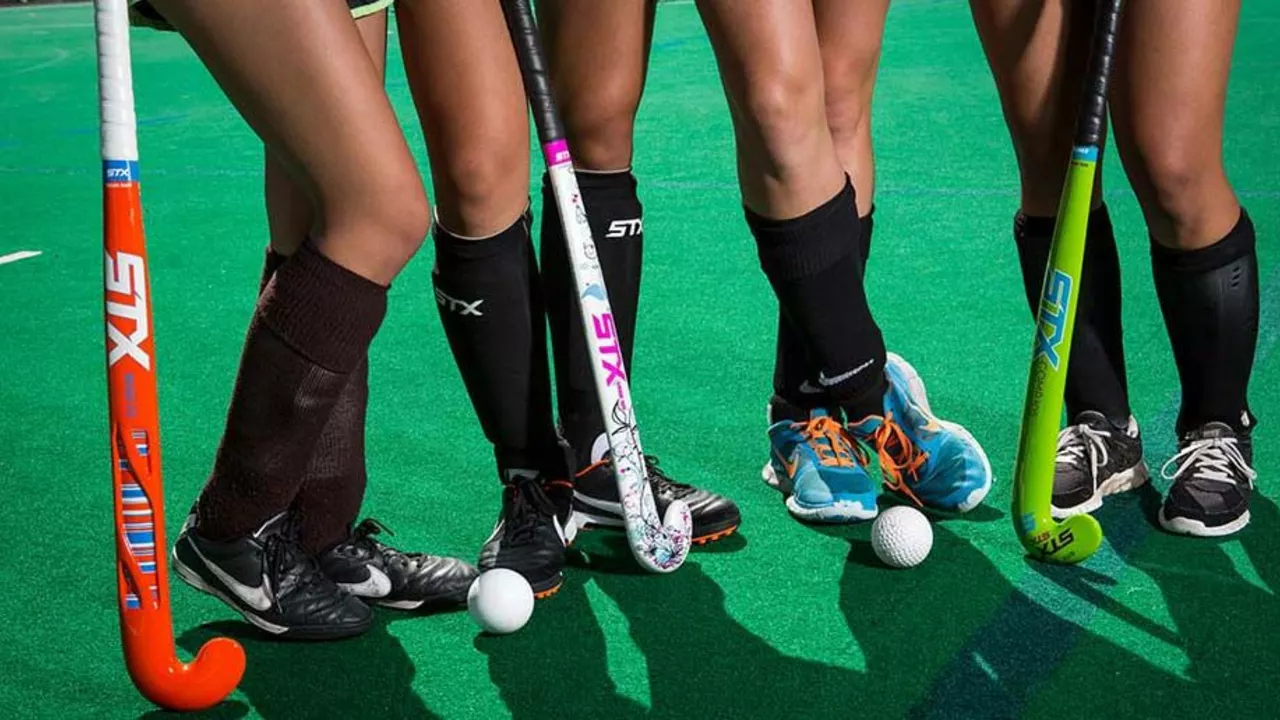
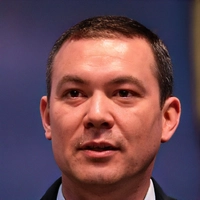
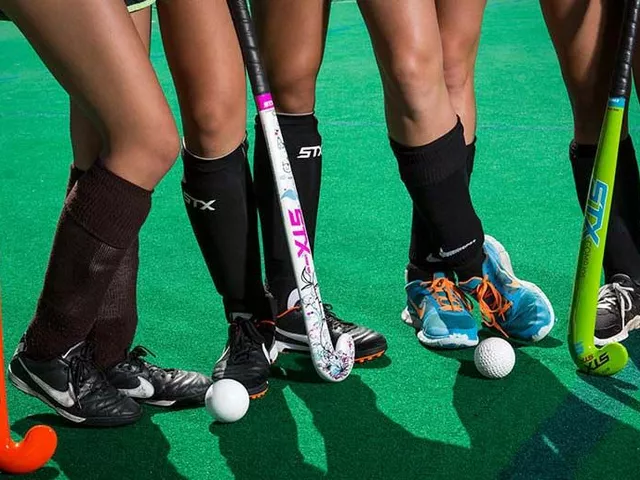
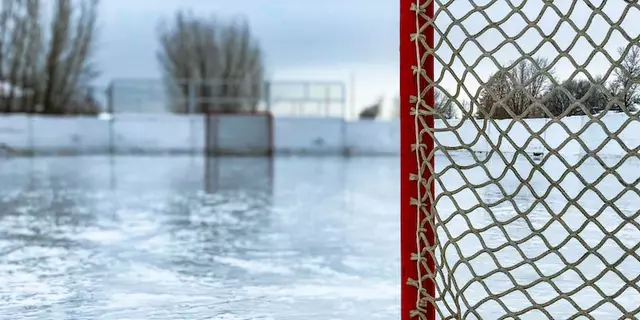

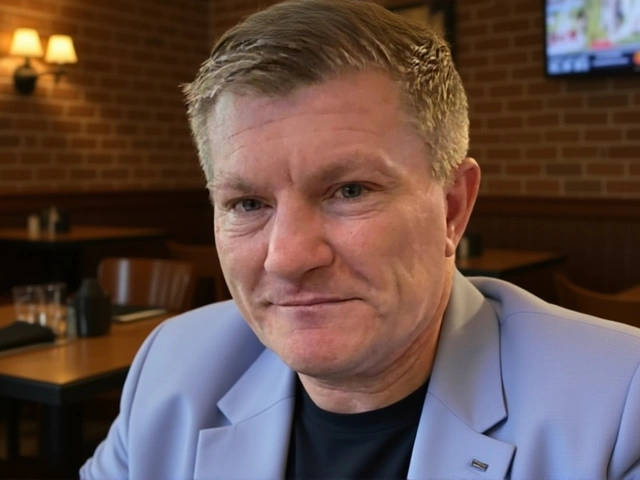

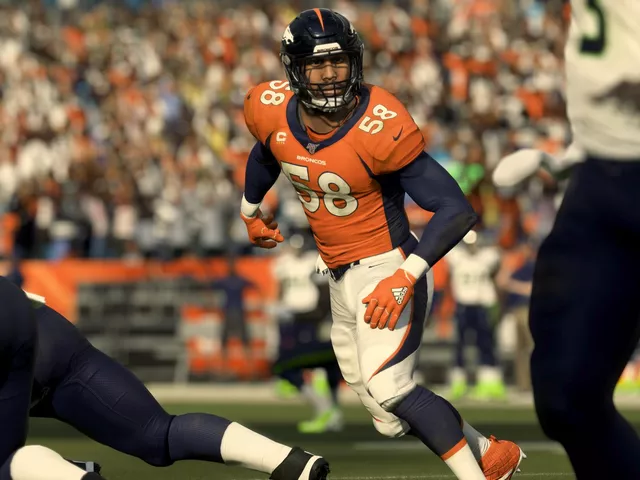
Write a comment